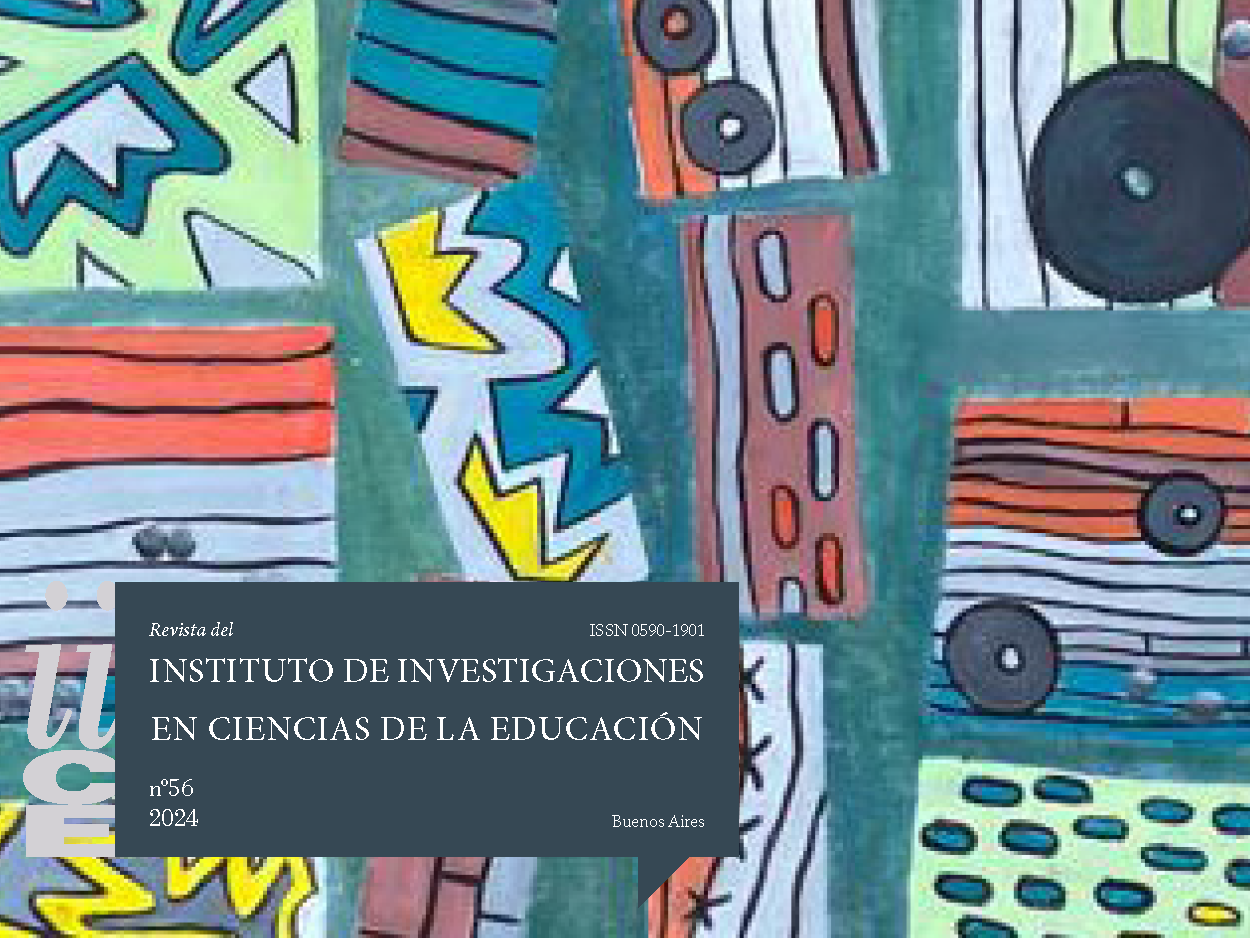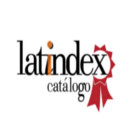Multiple literacies in initial teacher training
Problems around curricular designs and digital technologies
Abstract
Initial and ongoing teacher training, as well as the necessary incorporation of updates regarding knowledge and knowledges that allow a resignification of the contents in actual society, are in permanent transformation. At the same time, if this is combined with technologies and their constant advances, both issues imply a problem that is complex and challenging. This issue linked to the debates around the training content of teachers and the use of technologies is contemporaneously registered with greater impetus with the passing of the COVID-19 pandemic. Forced virtualization led teachers to implement various strategies and tools mediated by digital and connectivity technologies to strengthen pedagogical continuity. In the current post-pandemic stage, together with the modification of the study plans of teachers in the Province of Buenos Aires, adds complexity to the problematization proposed. This work is linked to an ongoing project, but advanced in its development, called “Multiple Literacies in Teacher Training in State Institutes of Region IV Buenos Aires Province in the Post-Pandemic: Curriculum and Purposes for Teaching”, which combines both issues; on the one hand, the challenge of incorporating technologies in teachers in training, which is present in the recent curricular designs of the Province of Buenos Aires; and on the other, the various analyzes and reflections resulting from the forced virtualization that the pandemic implied in order to guarantee pedagogical continuity and the right to education. In this way, the main purpose of this research is to describe the forms that multiple literacies assume in initial teachers in training at the higher level in the state management institutes of region IV of the province of Buenos Aires, in the post-pandemic. As mentioned previously, one of the moments raised in this research involves regulatory frameworks. That is why, in this work, the analyses of the curricular designs that are part of this project will be presented (Mathematics Faculty, 2017; Language and Literature Faculty, 2017 and Geography Faculty, 2022), as well as how teachers interpret from the regulatory framework and also as a practice, these curricular reforms in the designs, prioritizing their deepening in multiple literacies.Downloads
References
Alterman, N. (2007). Fortalecimiento pedagógico de las Escuelas del Programa Integral para la Igualdad Educativa Gestión escolar. “Desarrollo curricular centrado en la escuela y en el aula“. Documento para el docente. Ministerio de Educación.
Anijovich, M. (2010). Estrategias de enseñanza. Nuevas perspectivas para el aprendizaje. Buenos Aires: Novedades Educativas.
Area Moreira, M. (2015). La alfabetización digital y la formación de la ciudadanía del siglo XXI. Revista Integra Educativa. Disponible en https://integraeducativa.jimdofree.com/
Bernstein, B. (1990). Poder, Educación y Conciencia. Sociología de la transmisión cultural. Barcelona: El Roure.
Burrell, J. (2012). La desigualdad digital: Análisis crítico y propuestas. Buenos Aires: Sudamericana.
Coll, C. (1991). Psicología y currículum: Una aproximación a la elaboración del currículum escolar. Barcelona: Paidós.
Consejo de Europa. (2018). Recomendaciones sobre las competencias clave para el aprendizaje permanente. (2018/C 189/01). DOCE 2018-06-04
Cuesta, R. (1997). El código disciplinar de la Historia. Tradiciones, discursos y prácticas sociales de la educación histórica en España (siglos XVIII-XX). Tesis doctoral, dirigida por J. Mª Hernández Díaz. Salamanca: Departamento de Teoría e Historia de la Educación, Universidad de Salamanca.
De Alba, A. (1999). Curriculum: Crisis, Mito y Perspectivas. Buenos Aires: Miño y Dávila.
Dussel, I. (2021). Escuelas en tiempos alterados. Tecnologías, pedagogías y desigualdades. Revista Nueva Sociedad 293, mayo-junio.
Edelstein, G. (1998). Un capítulo pendiente: el método en el debate didáctico contemporáneo. En Camilloni, A. et al. Corrientes didácticas contemporáneas, pp. 75-89. Buenos Aires: Paidós.
Gómez, A. (2002). Tradiciones curriculares, innovaciones educativas y función social. Revista de Teoría y Didáctica de las Ciencias Sociales. Mérida-Venezuela.
Gurevich, R.; Blanco, J.; Fernández Caso, M. V. y Tobío, O. (1997). Notas sobre la Enseñanza de una Geografía Renovada. Buenos Aires: Aique.
Huergo, J. (1998). Comunicación y Educación. Ámbitos, prácticas y perspectivas. La Plata: Ediciones de Periodismo y Comunicación.
Klein, N. (2009). La doctrina del shock: e lauge del capitalismo del desastre. Barcelona: Paidós.
Maggio, M. (2012). La educación en tiempos de red: La integración de tecnologías en el aula. Buenos Aires: Novedades Educativas.
Lugo, M. (2014). La matriz TIC una herramienta para planificar las tecnologías de la información y comunicación en las instituciones educativas. https://unesdoc.unesco.org/ark:/48223/pf0000371335
Sunkel, G.; Trucco, D. y Espejo, A. (2014). La integración de las tecnologías digitales en las escuelas de América Latina y el Caribe. Una mirada multidimensional. https://hdl.handle.net/11362/21681
Svenson, V. (2019). Análisis de aulas virtuales desde la multimodalidad. EDUTEC. Revista Electrónica de Tecnología Educativa, N° 69.
Toffler, A. (1980). La tercera ola. México: Edivisión.
Vázquez Sixto, F. (1994). El análisis de contenido temático. Objetivos y medios en la investigación psicosocial. Documento de trabajo, pp. 47-70. Bellaterra: Universitar Autònoma de Barcelona.
Wainerman, C. y D’Alessandro, S. (2012). Currículo y realidad: Un análisis de la implementación de la reforma educativa en América Latina. Buenos Aires: Novedades Educativas.











